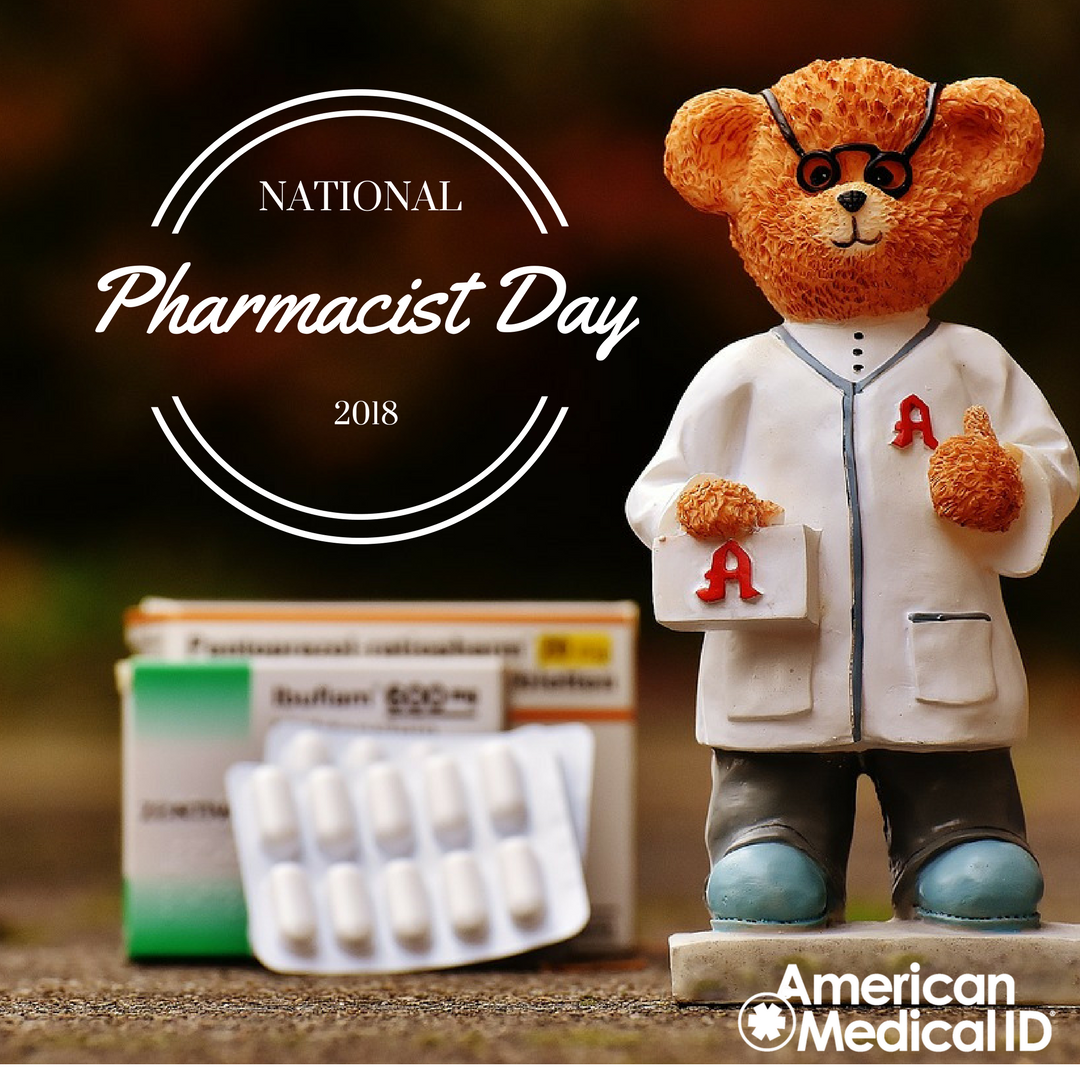Medical ID jewelry comes in multiple different metal types to fit your personal style and needs. The differences between the metal types include price, style, allergenicity, and durability.
The most popular metal for ID jewelry is stainless steel because it is the most affordable and can stand up to the daily use requirements of a medical ID. Sterling silver, titanium, and gold variations are also durable enough to make a medical ID and can offer an elevated style.
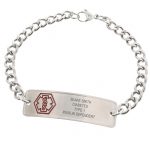 Stainless Steel
Stainless Steel
Stainless steel is the common choice for medical alert jewelry and is also the most affordable.
Stainless steel is corrosion-resistant and durable making it a good choice for a piece of jewelry you will wear daily. This metal type is scratch-resistant and does not need to be taken off while working with your hands. Stainless steel contains nickel, so it is not the right choice for people with nickel allergies.
To keep stainless steel medical IDs looking new, they should be cleaned with a polishing cloth and kept out of contact with household cleaners that contain ammonia or chlorine.
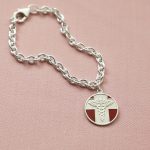 Sterling Silver
Sterling Silver
Sterling silver is a very bright metal type that is dazzling to the eyes. If tarnished, this metal type can be polished back to its original state, and requires a little more care than stainless steel.
To keep the metal looking its best, sterling silver should be cleaned with a non-abrasive cloth soaked in soap and warm water and should not come into contact with chlorine.
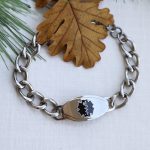 Titanium
Titanium
Titanium is lightweight, resistant to corrosion and has high tensile strength. While it is durable and scratch-resistant, it is not as strong as stainless steel.
This metal is also hypoallergenic and is good for people with sensitive skin.
It is more expensive than stainless steel, but still more affordable than gold. Titanium medical IDs should be cleaned with non-abrasive soap and should not come into contact with metal polishers or scrubbing soaps.
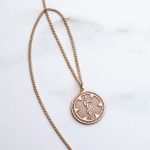 Gold and Gold-Filled
Gold and Gold-Filled
Gold is the most non-reactive of all the metals which means it will tarnish and rust less than other jewelry types. This makes it an ideal option for higher-status jewelry that is meant to last forever, maintaining its original quality.
These qualities of gold make it the most expensive metal type for medical alert jewelry.
Gold medical IDs should be cleaned with a soft chamois cloth and should not come into contact with acidic environments, ammonia, or chlorine.
The Differences between Gold and Gold-Filled?
Gold: The Best of the Best
14 Karat gold is the highest quality gold medical ID available, perfectly balancing beauty with durability so you can wear your medical ID every day without scratching or damaging it.
Gold-Filled: The Best Value for Gold
Gold-Filled is a precious metal comprised of a 10 karat gold layer over a metal core. It is excellent value for the cost conscious shopper who prefers gold.





